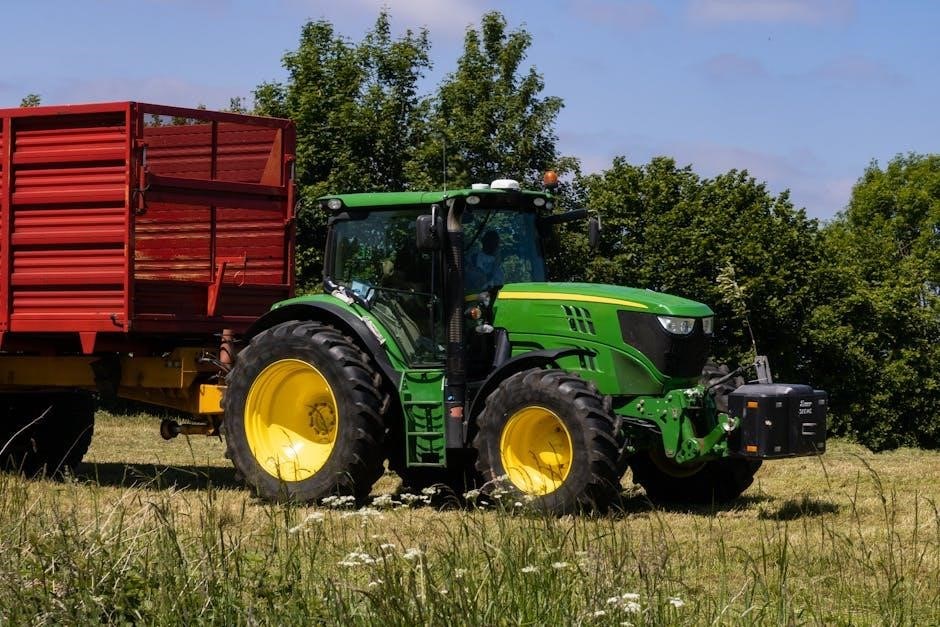Trailer wheel lug nut torque chart is crucial for safety,
providing
accurate torque values to prevent wheel damage, using the correct lug nut torque specification is essential for all trailer owners, ensuring proper wheel installation and security always matters.
Importance of Proper Torque
Proper torque is essential for ensuring the safety and reliability of trailer wheels, as inadequate or excessive torque can lead to serious consequences, including wheel damage and even accidents. The importance of proper torque cannot be overstated, as it plays a critical role in maintaining the structural integrity of the wheel and preventing potential hazards. Using the correct torque specification helps to prevent overheating, wear, and tear on the wheel and its components, thereby extending its lifespan. Furthermore, proper torque ensures that the wheel is securely fastened, reducing the risk of it coming loose while in transit. The Internet provides a wealth of information on trailer wheel lug nut torque charts, including PDF documents that outline the recommended torque values for different types of wheels and lug nuts. By following these guidelines and using the correct torque specification, trailer owners can help to prevent accidents and ensure a safe and secure journey. Proper torque is a critical aspect of trailer maintenance, and its importance should not be overlooked. Regular checks and maintenance can help to identify any issues before they become major problems.

Wheel Torque Requirement Chart
Trailer wheel torque charts provide essential data,
- listing
required torque values for various wheel types, ensuring accurate and safe installation, always following the recommended specifications is crucial for optimal performance and security.
Torque Values for Different Lug Nut Types

The torque values for different lug nut types are crucial to ensure the safe and proper installation of trailer wheels. According to the available data, the torque specifications vary depending on the type of lug nut, wheel size, and material. For instance, a 1/2 coned lug nut requires a torque of 120 ft-lb for steel wheels, while a 9/16 coned lug nut requires 140 ft-lb. The torque values for 5/8 coned lug nuts with a wheel clamp ring and 5/8 flanged nuts are 190-210 ft-lb for 17.5 single or 16 dual steel wheels. Additionally, the M22-1.5 two-piece flange nut requires a torque of 450-500 ft-lb for 17.5 dual steel wheels. It is essential to consult the trailer wheel lug nut torque chart to determine the correct torque value for the specific lug nut type and wheel configuration. By following the recommended torque specifications, trailer owners can ensure the safe and secure installation of their wheels, preventing potential damage or accidents. The correct torque values are vital for maintaining the integrity of the wheel and ensuring optimal performance. Proper torque is essential for safety and security.

Castle Nut Torque Procedure
Castle nut torque procedure involves tightening to 50 ft-lbs, loosening, and retightening finger tight, then inserting a cotter pin, following specific steps for secure wheel installation always matters for safety and security purposes only.
Step-by-Step Torque Procedure
A step-by-step torque procedure is essential for ensuring the proper installation of trailer wheels, and it involves several key steps. First, the castle nut should be tightened to the specified torque value, which is typically 50 ft-lbs. Next, the nut should be loosened and then retightened finger tight, making sure it is snug but not over-tightened. After that, a cotter pin should be inserted to secure the nut in place. It is crucial to follow this procedure carefully to avoid any mistakes that could lead to wheel damage or other safety issues. By following these steps, trailer owners can ensure that their wheels are properly installed and secure, which is critical for safe towing and hauling. The procedure should be repeated for each wheel, and the torque values should be checked and re-checked to ensure they are within the specified range. This attention to detail is essential for maintaining the safety and integrity of the trailer and its wheels. The step-by-step torque procedure is a critical part of trailer maintenance and should be performed regularly to ensure optimal performance and safety. Regular checks and maintenance can help prevent accidents and ensure a smooth towing experience.

Retorquing Wheel Lug Nuts
Retorquing is necessary after initial torque, checking and re-tightening lug nuts at specified intervals, typically after 10, 25, and 50 miles, to ensure wheel safety and security always.
Importance of Retorquing
Retorquing wheel lug nuts is a critical step in ensuring the safety and security of trailer wheels. Proper retorquing helps to prevent wheel damage, reduces the risk of lug nut loosening, and minimizes the likelihood of wheel loss. The importance of retorquing cannot be overstated, as it plays a vital role in maintaining the overall integrity of the wheel and hub assembly. By retorquing wheel lug nuts at specified intervals, trailer owners can help to prevent accidents and ensure a safe and secure towing experience. The retorquing process involves checking and re-tightening lug nuts to the recommended torque specification, which helps to maintain even pressure and prevent damage to the wheel and hub. Regular retorquing also helps to identify any potential issues with the wheel or hub, allowing for prompt repair or replacement. Overall, the importance of retorquing wheel lug nuts cannot be emphasized enough, and it is essential for all trailer owners to make it a regular part of their maintenance routine. This helps to ensure safe and secure towing, and prevents accidents and damage to the trailer and its contents. Proper retorquing is essential for all trailer owners.
